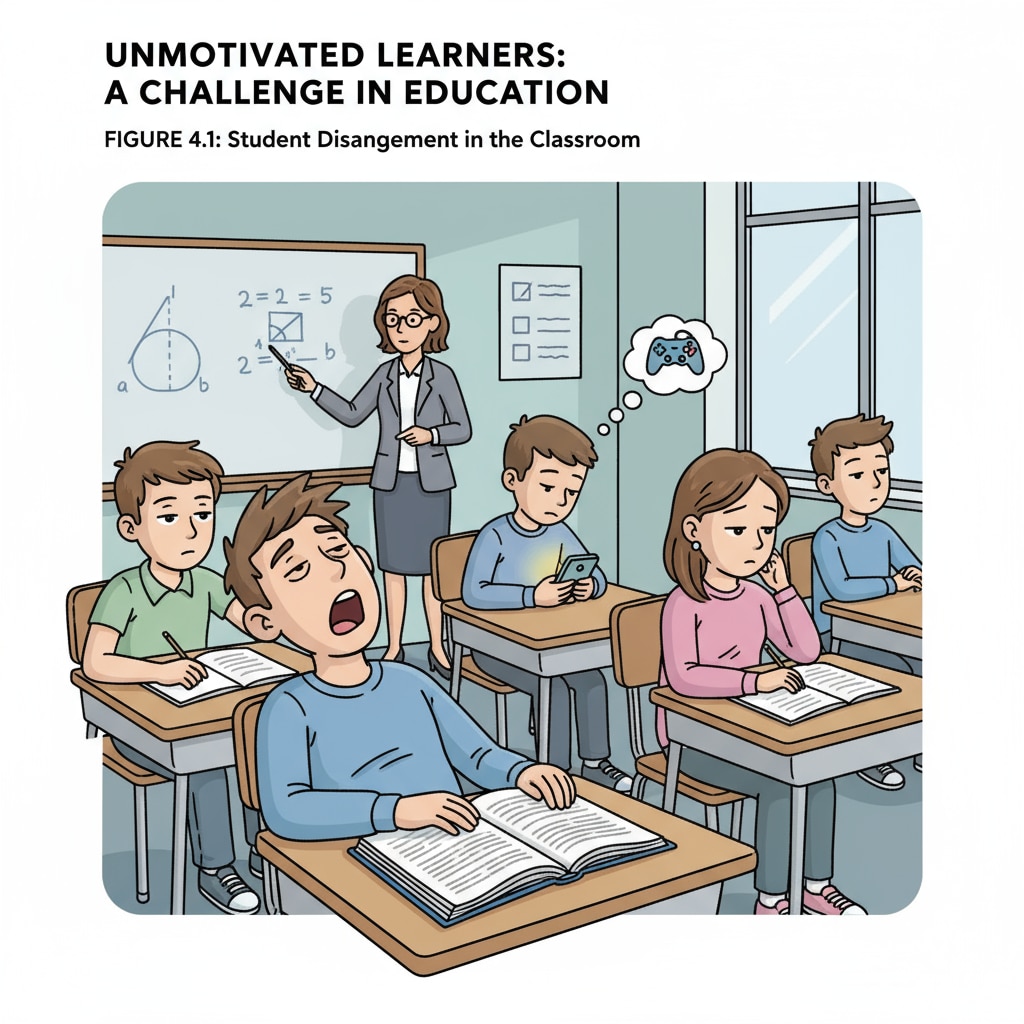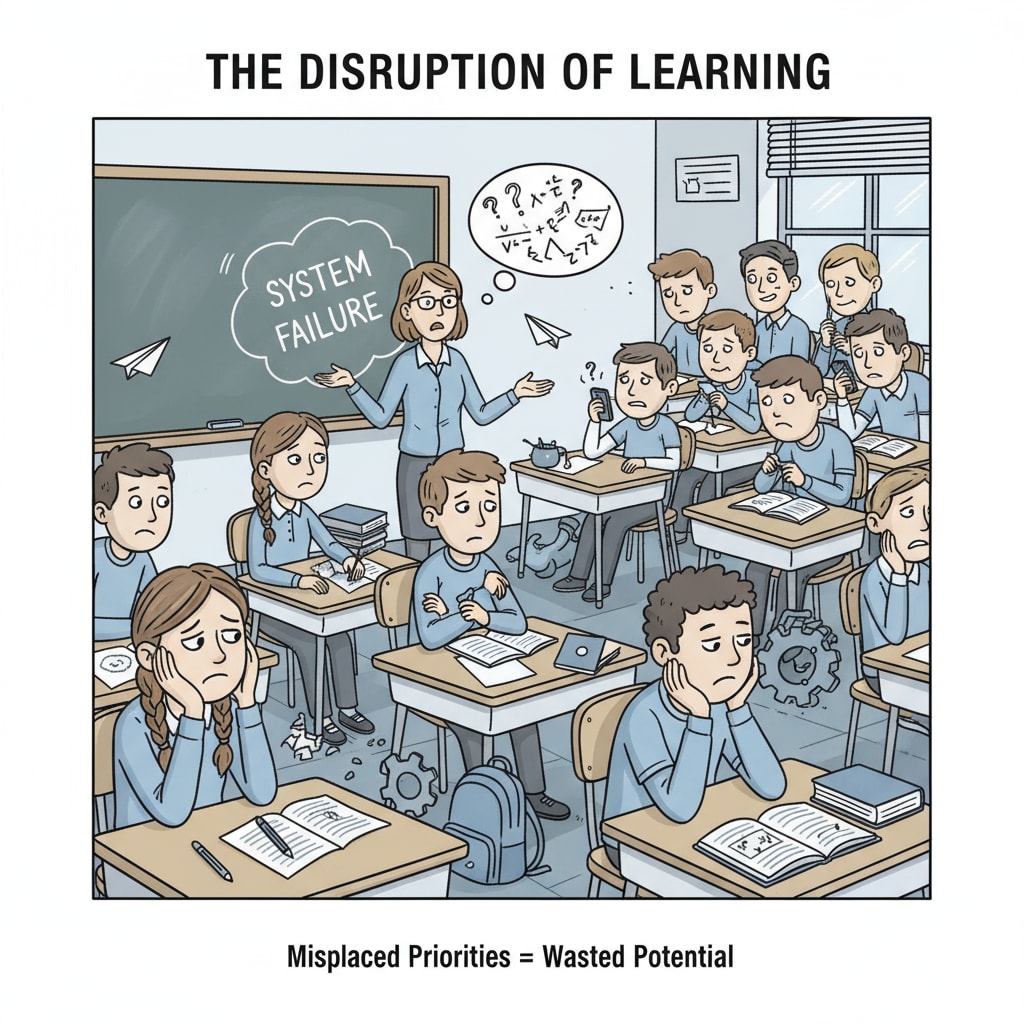The educational system, classroom management, and student diversion are at the heart of a significant problem plaguing modern education. Today, there is a disconcerting trend of placing students who are reluctant to learn in either regular or special education classrooms without proper consideration. This misplacement is not only undermining the quality of education but also creating a host of challenges for teachers and fellow students.

The Consequences for Teaching Quality
When students who lack motivation are placed inappropriately, the quality of teaching takes a nosedive. Teachers find themselves spending an inordinate amount of time dealing with behavior management rather than focusing on delivering engaging lessons. For example, in a regular classroom, a teacher might have to constantly interrupt the flow of instruction to address the disruptive behavior of an unmotivated student. This not only breaks the rhythm of the class but also prevents the teacher from covering the curriculum effectively. As a result, the overall learning experience for all students suffers.
Impact on Other Students
Moreover, this misplacement has a significant impact on the other students in the class. Some students may be forced to endure the pressure of advanced courses because the educational system fails to properly assess and place unmotivated students. On the other hand, those in a chaotic learning environment due to unruly, unmotivated students lose valuable opportunities for effective learning. For instance, students in a science class may miss out on crucial experiments or discussions because of constant disruptions.

In conclusion, the improper placement of students who are unwilling to learn in the educational system is a complex issue that demands immediate attention. It affects classroom management, student diversion, and ultimately, the quality of education. By addressing this problem, we can create a more conducive learning environment for all students.
Readability guidance: This article uses short paragraphs to enhance readability. Each section presents key points clearly. Passive voice is minimized, and transition words like “for example” and “moreover” are used to connect ideas smoothly.


